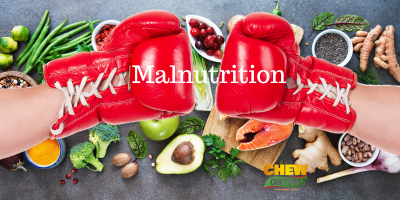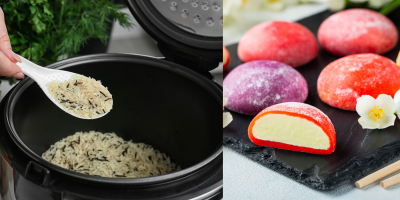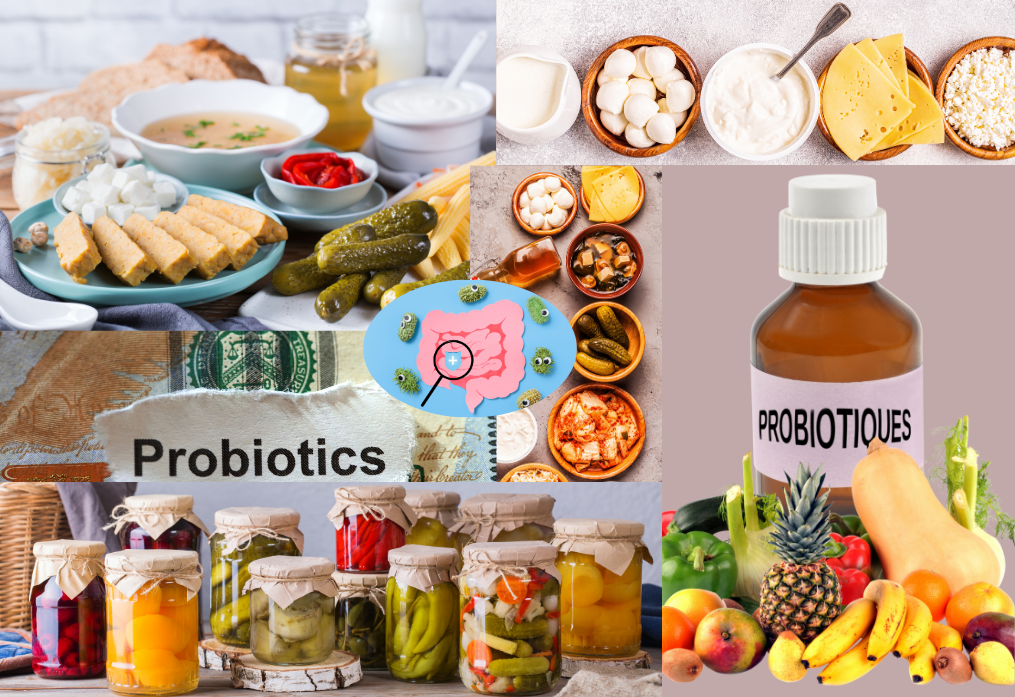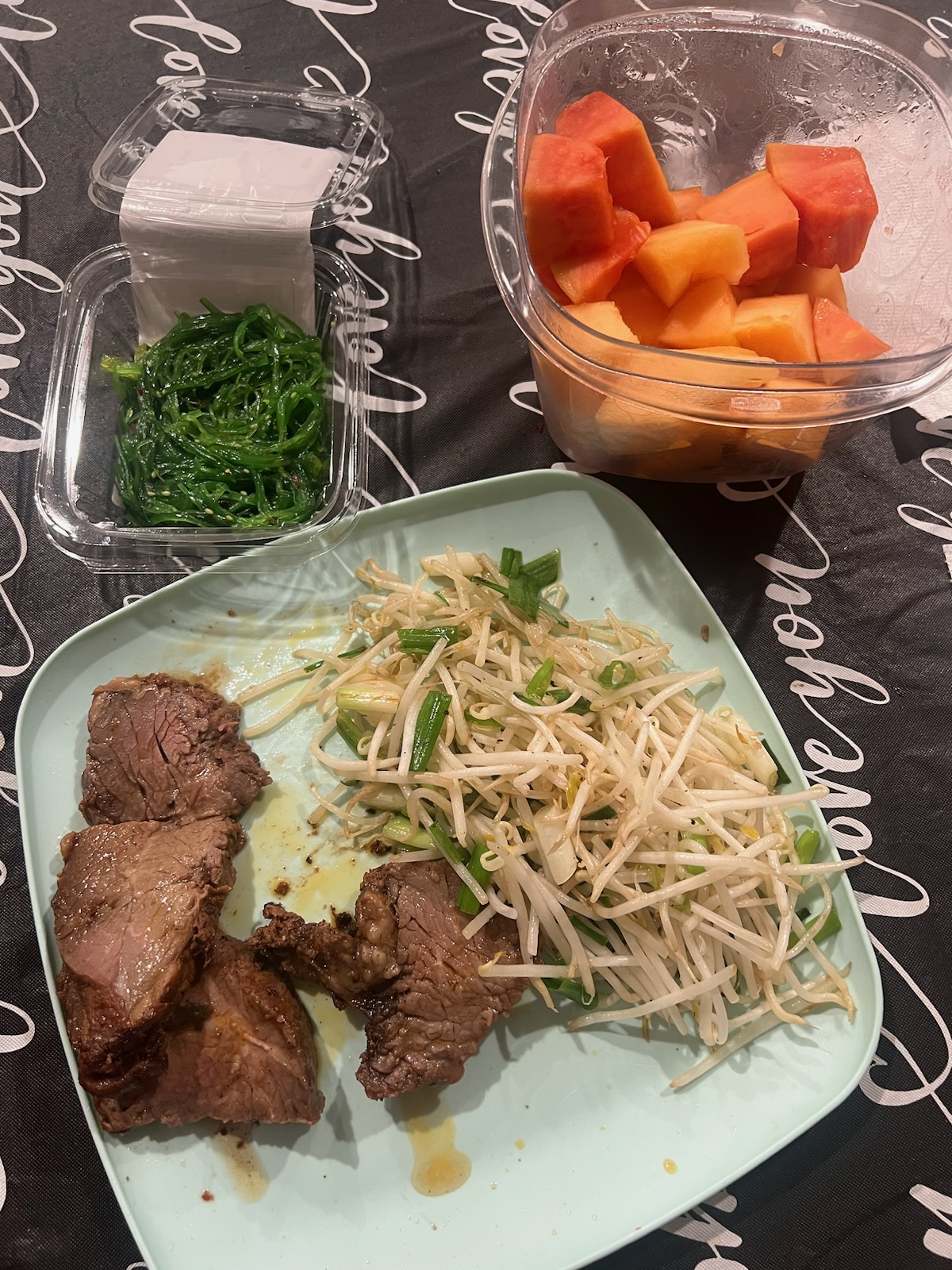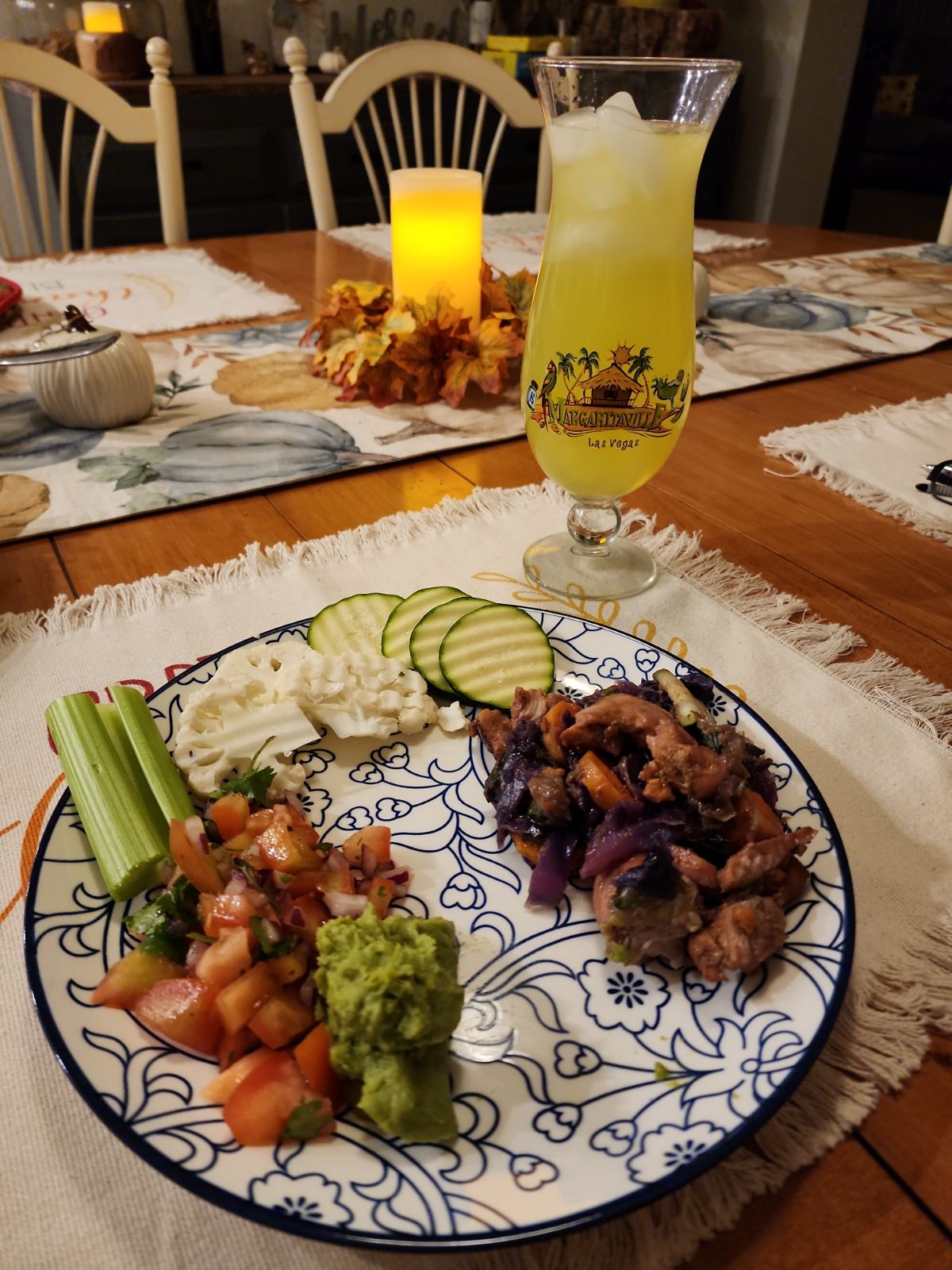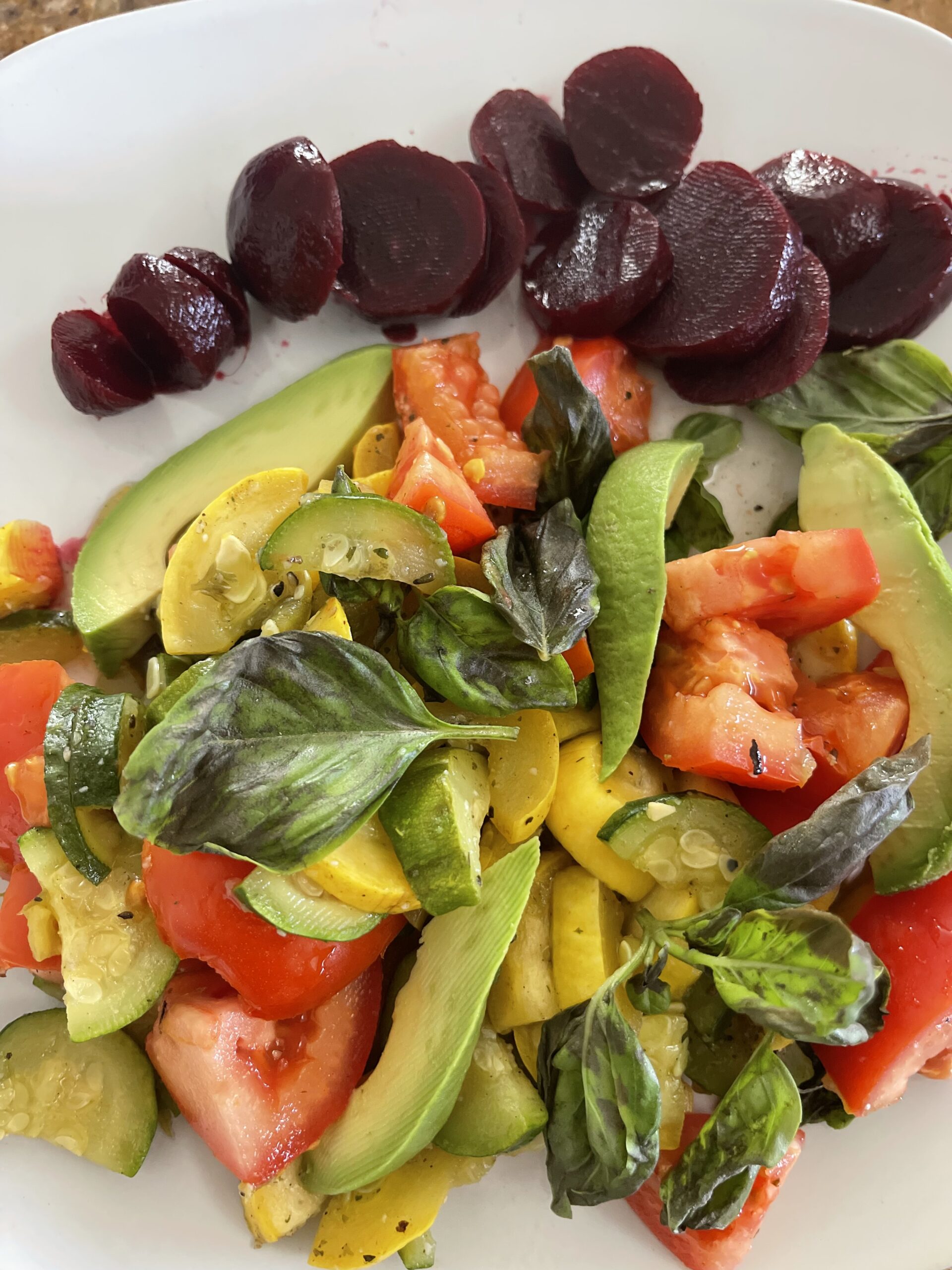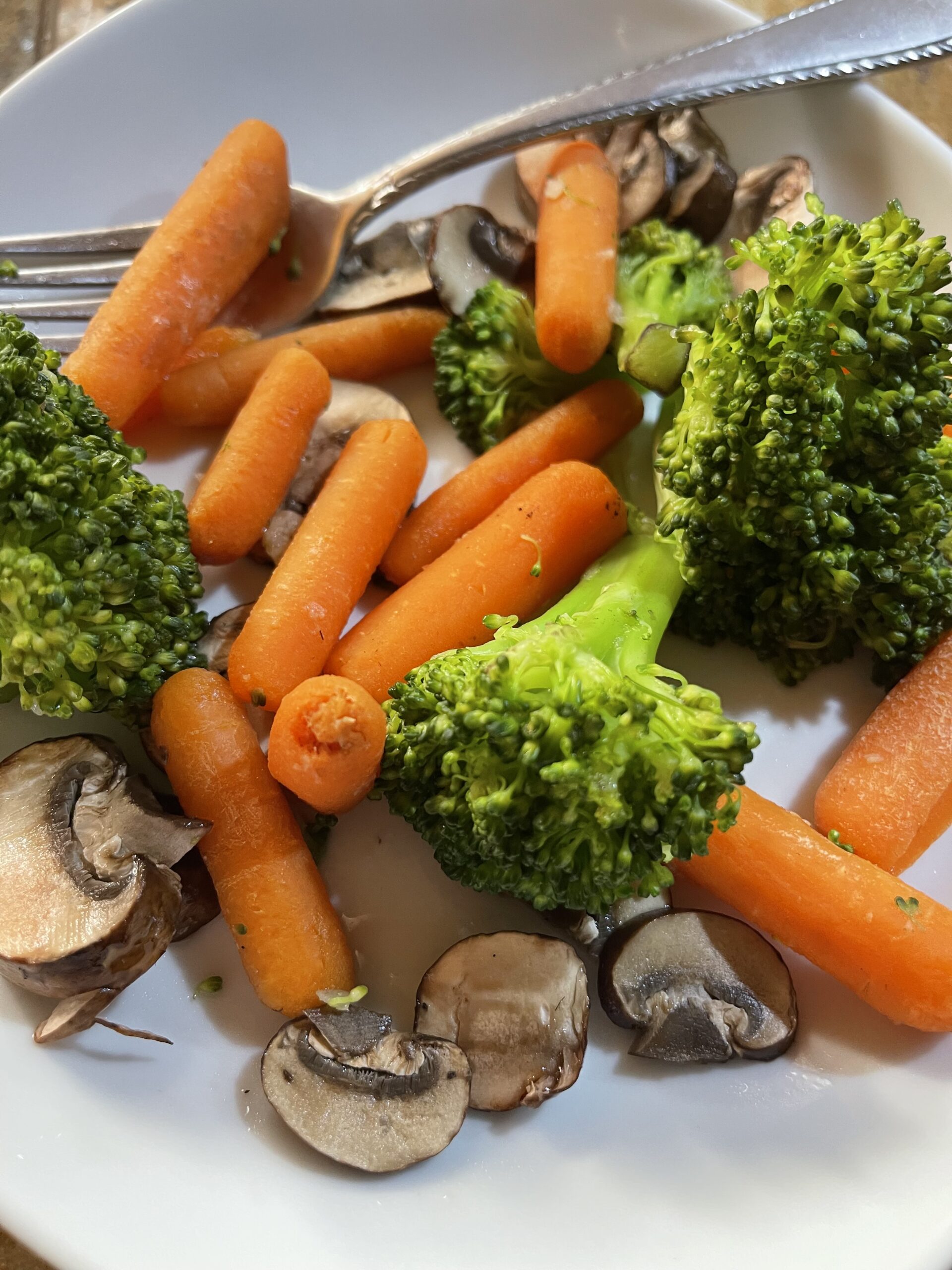

What is rice?
Dive into the fascinating world of rice – the seed of the grass species Oryza Sativa (Asian rice) or Oryza Glaberrima (African rice). Commonly known as a staple grain and a rich source of carbohydrates, rice has more to offer than meets the eye. Beyond its role as a satisfying carbohydrate, rice surprisingly contains essential protein and fat, adding a nutritional twist to this versatile grain.
Unveiling the nutritional profile, just ½ cup of rice packs a punch with 7.3 grams of protein and 0.66 grams of fat. But that’s not all – rice emerges as a powerhouse of vital vitamins and minerals. Elevate your plate with a generous serving of Vitamins B1 (Thiamine), B3 (Niacin), B5 (Pantothenic acid), Folate, and essential minerals including Iron, Copper, Manganese, and Selenium.
So, the next time you savor a bowl of rice, relish not only its comforting texture and taste but also the diverse nutritional benefits it brings to your plate. From being a reliable source of energy to offering a spectrum of essential nutrients, rice proves itself as a grain that goes beyond mere sustenance – it’s a wholesome addition to your culinary repertoire.
Rice is the seed of the grass species Oryza Sativa (Asian rice) or Oryza Glaberrima. (African rice). Rice is a grain. Rice is categorized as a carbohydrate. Did you know rice contains protein and fat? Approximately ½ cup of rice has 7.3 g of protein and .66 g of fat. In addition, it is a great source of several essential vitamins and minerals such as Vitamins B1 (Thiamine), B3 (Niacin), B5 (Pantothenic acid), Folate, Iron, Copper, Manganese, and Selenium.
The amount of nutrients contained in any variety of rice varies depending on the type of rice. The type of rice we usually hear about in general is: white, brown, wild, sweet, and sticky. Although, worldwide, there are more than 40,000 cultivated varieties of rice. Yes, that is right, 40,000.
How these rice varieties are cultivated, processed, cooked, tasted, and eaten varies as much as their nutritional values.
In general, we are encouraged to eat brown rice instead of white rice for better nutrition. However, are you aware that parboiled rice is better nutritionally than just brown rice? So, for starters, what is parboiled rice?
Parboiled rice is. . .
Parboiled rice has slightly more protein and fat absorbed from the rice bran and retained. Parboiling rice is a method of partially cooking rice in boiling water. It is partially boiling just until it is soft but not cooked through. Parboiling is a patented process, which changes the nutrients of the rice kernel.
“Parboiled rice (also called converted rice, Uncle Ben’s) is rice that has been partially boiled in the husk. The three basic steps of parboiling are soaking, steaming, and drying. …Parboiling drives nutrients, especially thiamin, from the bran to the endosperm, hence parboiled white rice is 80% nutritionally similar to brown rice.â€
Parboiled rice might sound like it’s precooked, but it’s not. … Because of the special processing, parboiled rice is a better source of fiber, calcium, potassium, and vitamin B-6 than regular white rice. Parboiled rice has double the fiber that you’d get from cooked white rice. It has a low glycemic score of 38, compared with a high 89 for white rice, notes Harvard Health Publications.
Glycemic Index (GI)
Rice varieties that are longer grain and have a higher amylose content (19-23%) tend to have lower GI values than shorter-grain rice, which has a lower amylose content (12-19%). As such, the GI of the rice can range from as low as 43 to as high as 96.
“The form of rice also influences the GI; for instance, brown rice and parboiled white rice fall into the category of medium-GI (GI 56-69) foods. Interestingly, cooking methods can also influence the GI of rice. For instance, if white rice is boiled and then refrigerated to be used, for example, in a rice salad, changes occur in the digestibility of the starch, and the GI of the rice is lowered and falls into the category of low-GI food.
Japenese Rice Balls
Indulge in the delightful tradition of celebrating the changing seasons with the exquisite Japanese confections known as botamochi and ohagi. These sweet rice ball treats hold a special place on the table during the spring and autumn equinox, marking a harmonious blend of cultural significance and culinary delight.
Botamochi, named after the spring botan flower, embodies the essence of renewal and blooming life associated with the spring equinox. The confection is a testament to the artistry of Japanese culinary traditions, offering a sweet and symbolic connection to nature’s awakening.
As the autumn equinox approaches, ohagi takes center stage, paying homage to the hagi flower. These delectable rice balls signify the beauty of autumn and the transition into a season marked by vibrant foliage and contemplative moments.
Whether you’re savoring the botamochi’s floral sweetness in anticipation of spring or relishing the comforting flavors of ohagi as autumn sets in, these confections become not just treats for the palate but also a cultural celebration of the equinoxes. Each bite encapsulates the essence of the changing seasons, inviting you to partake in the rich tapestry of Japanese traditions.

- 1 c glutinous rice (Sushi rice)
- 3 c water
- 4 T dark brown sugar
- 2 T black and white sesame seeds
- 3 T maple sugar (divided)
- 2 T soybean powder (kinako)
- 3/4 c sweet azuki bean paste (anko)
- Thoroughly rinse 1 cup rice in cool water. Repeat the process until the water runs clear. Drain well. In a saucepan set over high heat, combine rice, water, and dark brown sugar. Bring to a boil, reduce heat to medium, and cook rice for about 20 minutes or until all of the water is absorbed and the rice is sticky. Remove from heat; let stand for 10 minutes. Mash rice with a wooden spoon or spatula for 3 to 5 minutes.
- In a small bowl, mix sesame seeds and 1 1/2 tbsp maple sugar sugar. In a separate small bowl, combine soybean powder and remaining maple sugar sugar.
- Fill a medium bowl with cold water. Dipping hands in water and while rice is still warm, shape 2 T rice into an oval shape. The hollow-out divot is in the center to make space for the filling. Stuff with a heaping tablespoonful of azuki bean paste; reshape the rice ball to enclose the filling completely with rice. Repeat to make 8 rice balls.
- Roll each ball in the sesame seed mixture and soybean powder mixture. Place each rice ball in a cupcake liner.
- As a variation, shape rice balls, then cover with sweet azuki bean paste on the outside. Another variation is rolled in hemp seeds, crushed nuts, or unsweetened shredded coconut.
Adzuki Beans:
Adzuki beans are rich in nutrients, such as fiber, protein, and manganese. They are linked to several health benefits, including weight loss, improved digestion, and a lower risk of type 2 diabetes and heart disease. You can make them into a red bean paste, sprout them, or simply boil them. It is also a good source of plant-based protein for muscle building, repair, and metabolism.
Maple Sugar:
Discover the healthful wonders of maple sugar, a natural sweetener that goes beyond its delicious taste. What sets maple sugar apart is its unique potential to contain insulin, according to researchers. This discovery opens up intriguing possibilities as insulin, coupled with the antioxidants and nutrients present in maple sugar, may play a role in promoting the growth of beneficial bacteria in the gut.
This harmonious balance of bacteria not only contributes to a thriving digestive system but also serves as a formidable ally in supporting overall immune health. The synergy between insulin, antioxidants, and nutrients in maple sugar offers a potential shield against health concerns, notably chronic inflammation. Embrace the goodness of maple sugar not just for its sweet notes but as a mindful choice that could positively impact your gut health, immune system, and overall well-being, making it a particularly promising option for those mindful of their health, including individuals managing diabetes.
Maple syrup offers more iron, calcium, zinc, and potassium than honey does.

Vegetable and Sesame Omusubi (Rice Balls)
- 1 1/2 c cooked Japanese rice
- 1 1/2 c brown rice
- 5 oz minced vegetables
- 2 T bonito flakes (katsuobushi)
- 1 1/2 T sesame seeds
- 2 stalks scallions (finely chopped)
- 3 T shredded nori
Sauce
- 1 1/2 Â sesame oil
- 2 1/2 TÂ soy sauce
- 1 1/2 TÂ mirin
- Mince vegetables (eg carrots, jackfruit, garlic, onion, etc). Drain any juice. Set aside.
- Put white and brown rice in a bowl and using a rice paddle or spatula, fold the rice a few times until well mixed.
- Add vegetable mixture, bonito flakes, sesame seeds, scallions, and shredded nori to the rice and mix well. Be careful not to mash the rice – folding the rice works best for this step.
- Add sauce and fold again until the rice is evenly coated and the liquid has been absorbed.
- Put about 3/4 cup of vegetables and sesame rice on a piece of plastic wrap and twist the top. Slowly create a triangle shape by pressing the mixture from side to side. The omusubi should be packed enough not to crumble upon eating, with the rice intact (not mashed).
- Unwrap and finish shaping the omusubi in your hands. Alternatively, you can leave the omusubi wrapped and save it for later or take it to work the next day.
- Repeat this step until all the rice has been used.
- Different ways to eat omusubi:
- Just like that, bare and delicious!
- With a sheet of nori wrapped around it.
- Grilled on one side.
Brush a little soy sauce on one of the flat sides of the omusubi and grill until the outer layer is golden brown and the rice is almost crispy.
References
- Harvard Health Publications: Glycemic Index and Glycemic Load for 100+ Foods
- www.nutritionix.com › i › usdaRice, white, long-grain, parboiled, unenriched, cooked – 1 cup
- Which Rice Has the Lowest Glycemic Index



